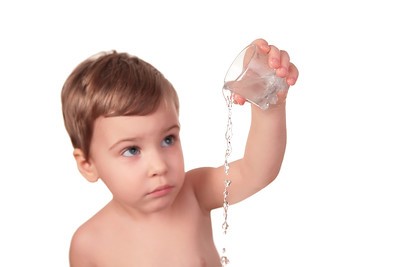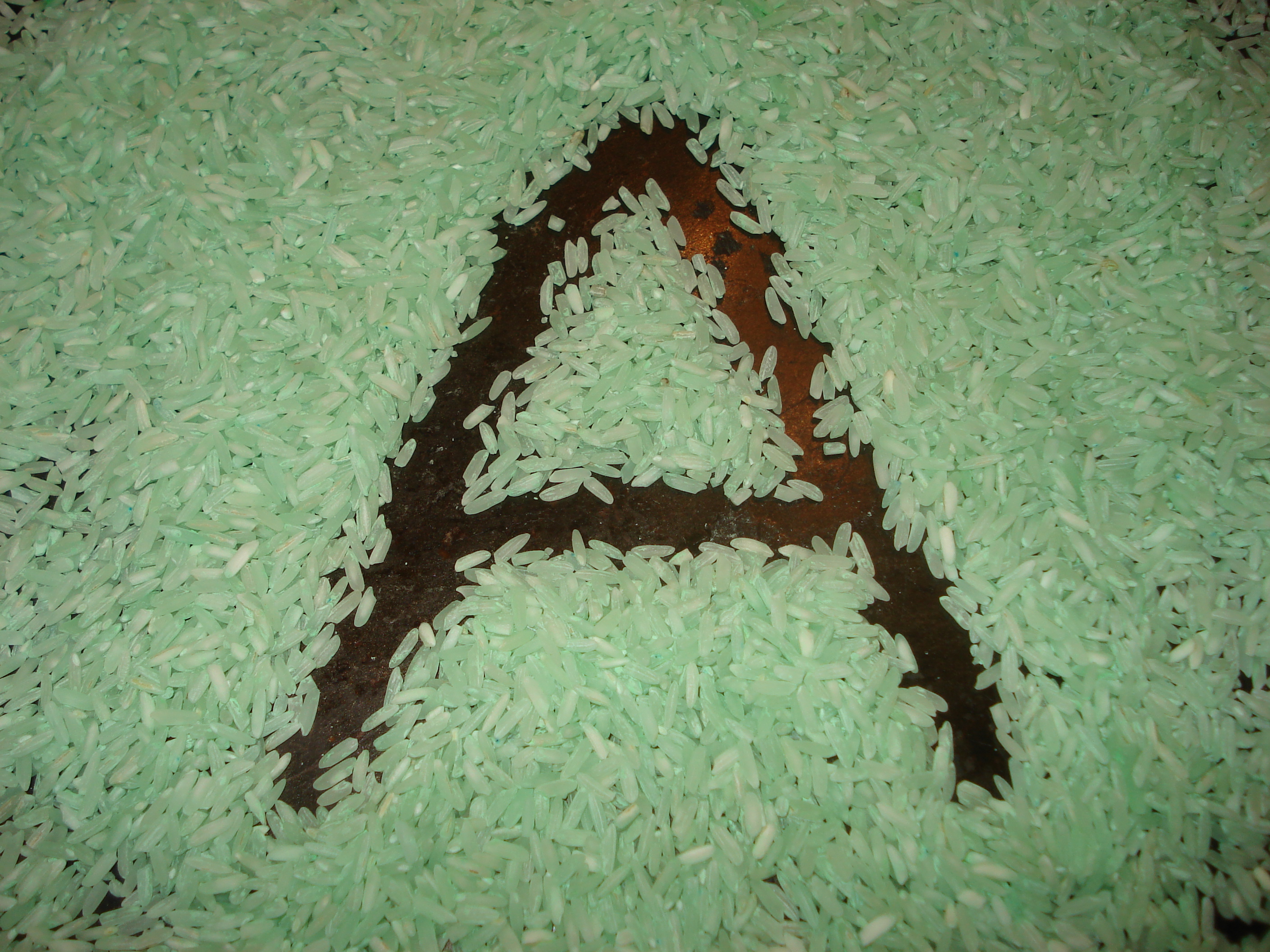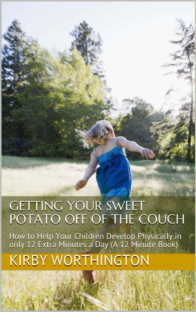A Plethora of Pouring Games
For starters, during bath time add big and little cups. How many little cups fit into the big cup? Bring some measuring spoons along. How many measuring spoons fill a very small cup? (If you're using something small to pour into a big container, this may get discouraging.) Add bubbles to the bath for variety. (Word of warning: girls may get irritated skin in sensitive areas if spending too long in bubbles.)
Pouring is also good for getting finger, hand, and arm muscles firing. Even better when you add stirring (pretending to cook) into the mix. These are so helpful with everyday tasks.
The Pouring Station
Set up a pouring station in a corner of the house with a sheet or shower curtain under it. Use whatever container you'd like, but make it as large as you can. Just not too high. For example, an un-used litter box.
This container can be filled with a rotation of things that can be poured: for example, macaroni noodles, rice, sand, cotton balls, dried beans. By changing what they're pouring, they get a different feel every few days. This will keep it fresh. They will want to continue.
Note: How to make colored noodles. Put down newspaper (ads, paper towels, etc.). Take a sturdy plastic bag, gallon size and ziplock. Pour in a couple tablespoons alcohol and food coloring. Zip in macaroni noodles or rice. Shake. Lay out to dry. The color will stay.
The tools could be measuring cups, spoons, a homemade tunnel from the top third of a liter of soda pop (with masking tape around the cut edge to dull it), egg cartons, ice cube trays, a wide sieve, little plastic toys hidden.
For children still putting things in their mouth regularly, use macaroni noodles. Do not use rice until they have stopped putting things in their mouth. (Rice puffs up in the stomach acid and gives a tummy ache.)
Remember: Any new game introduced to a child should begin with the parent playing with them.
These activities gain for the child hand, wrist, and finger control, learning about volume and amounts, and if you take the time to point out these different things, they learn even more! Once the child is ready, you can even work with the child on starting to recognize the quantity on the measuring cups. They can begin to notice how many 1/4 cups go into 1/2 cup, and so on. This can not only help wire their brain for math in general, but they may even begin baking sooner!
The Sandbox
See our article on Sandbox activities. But here we will mention getting sand wet in a cup, turning it over to start a sand castle, and adding drippings with even wetter sand dribble out of their fingers as they pick it up and hold it over the castle.
Here are some ideas for items to hide in the sand (or pouring station). Use items you might be learning about: if flowers, get fake flower heads from the store and hide them; if dinosaurs, get cheap figurines; if doll clothes, then figure out which doll they go with and dress her as the child finds each piece of clothing; if matching, cut out plastic colored circles -- two of each color -- to find and pair up; or if matching, laminate pairs of identical pictures; if a beach theme, burry, find, and categorize shells into cups; if money, coins; anything really. Use your imagination!
(We do not recommend putting candy or food in. It may contaminate, bring bugs, etc.)
Remember, we call this site "Growth and Giggles" because we want there to be a lot of laughter between you and the child. Do whatever you can to love and enjoy your child, and let them know it.
Photo Credit: Aqua Mechanical cc
Related Posts
By accepting you will be accessing a service provided by a third-party external to https://mail.growthandgiggles.com/



